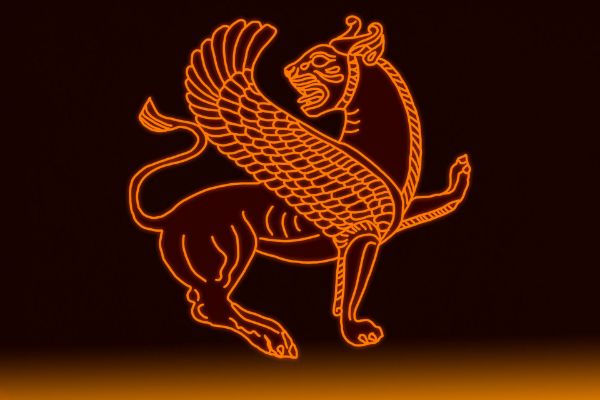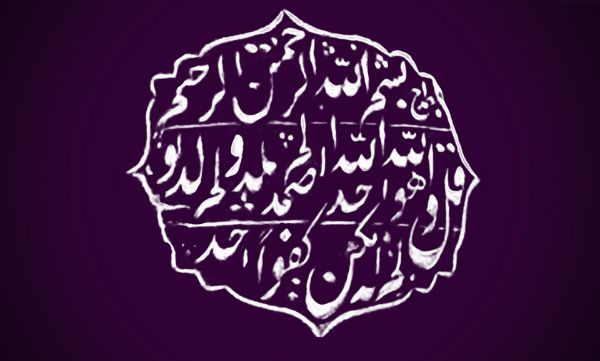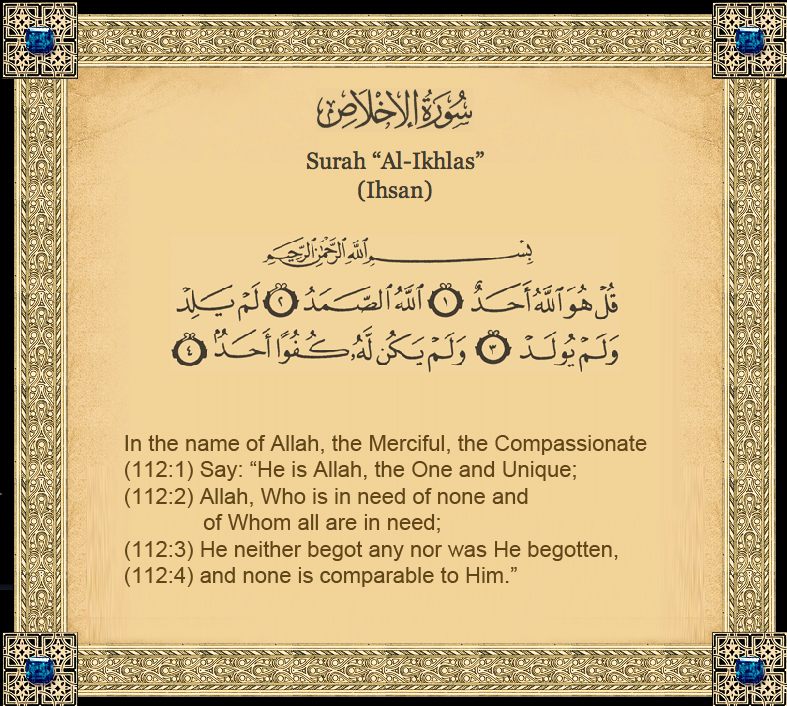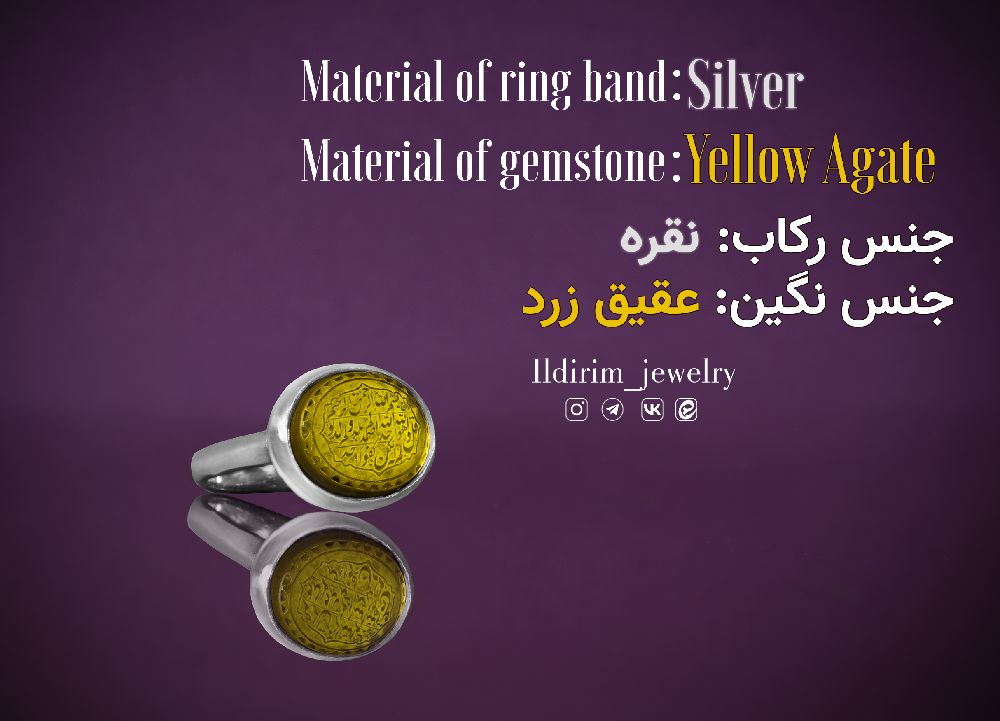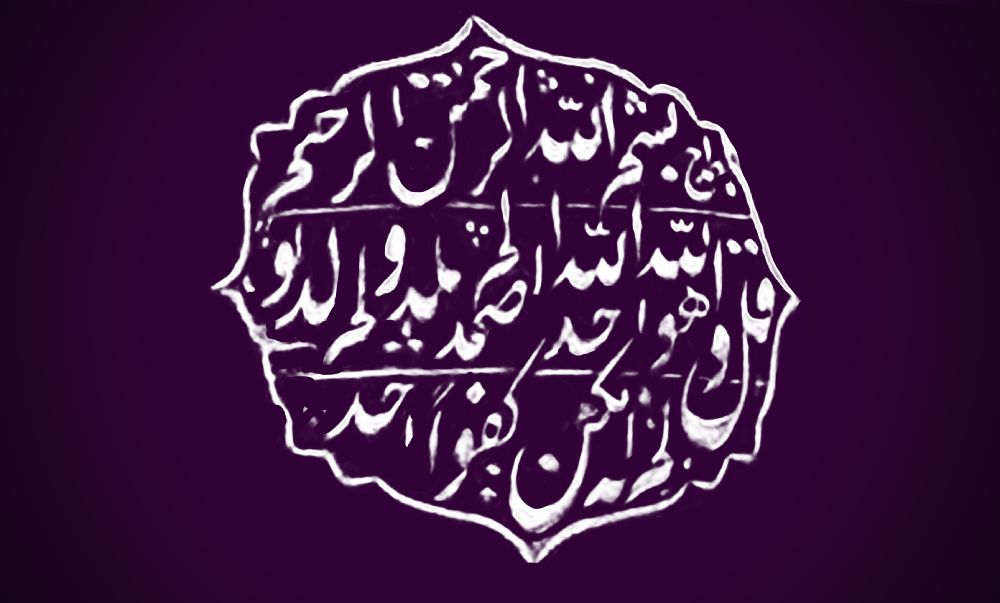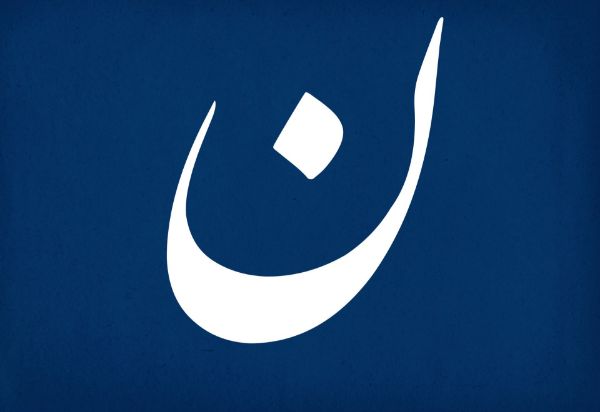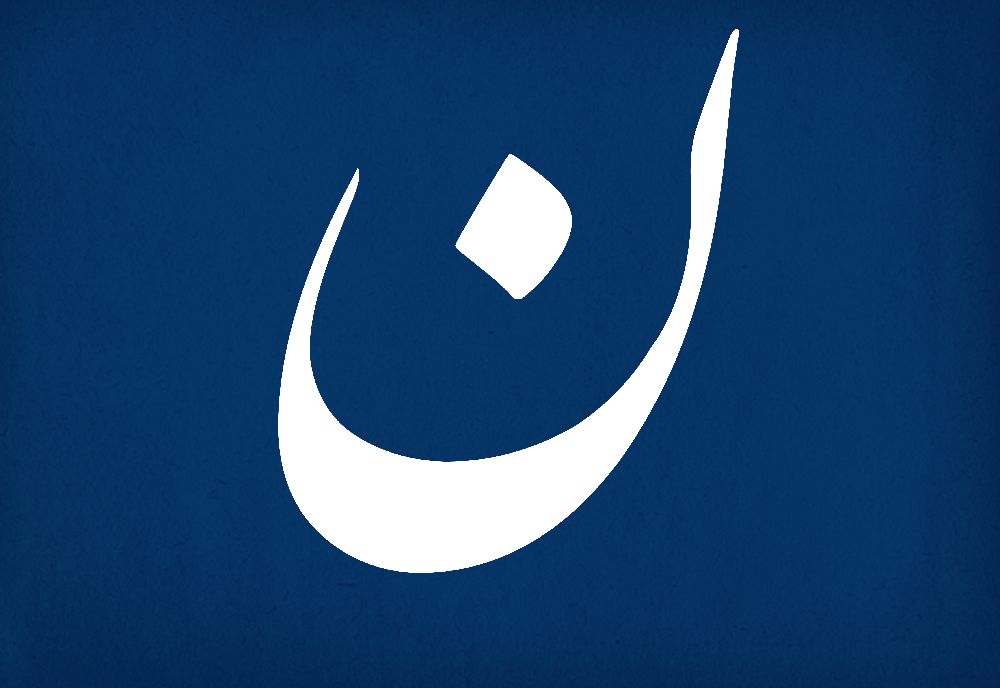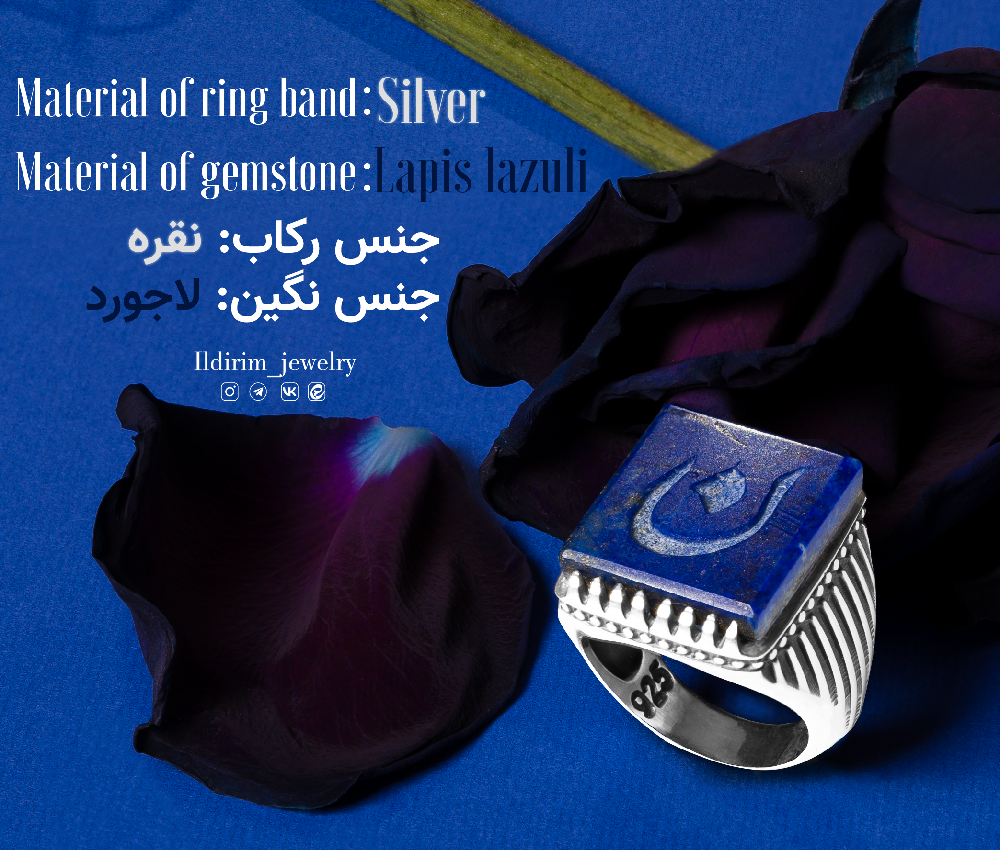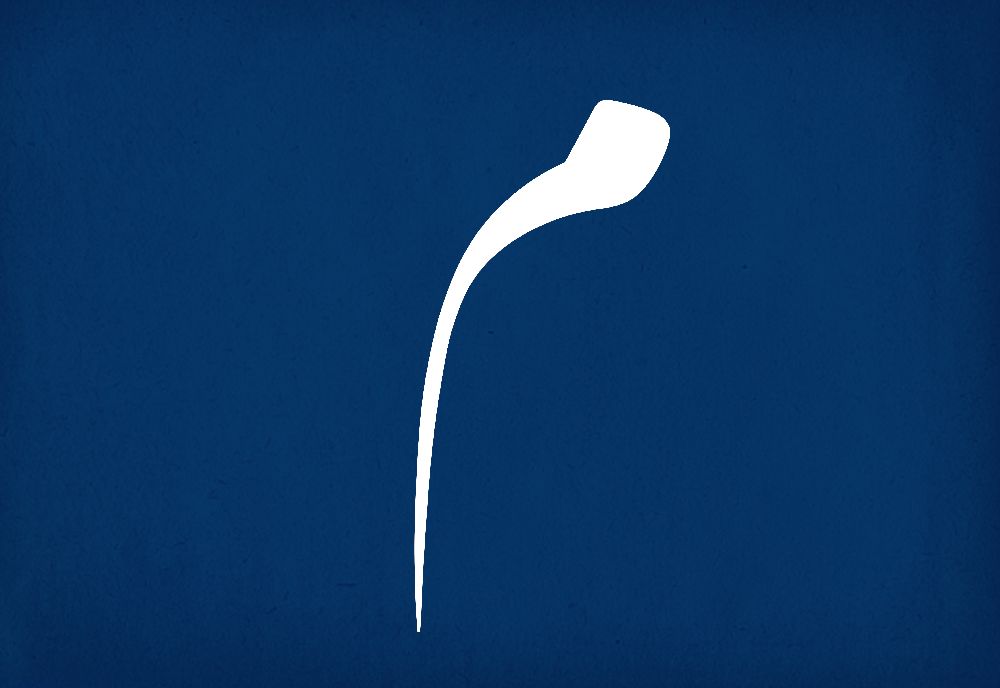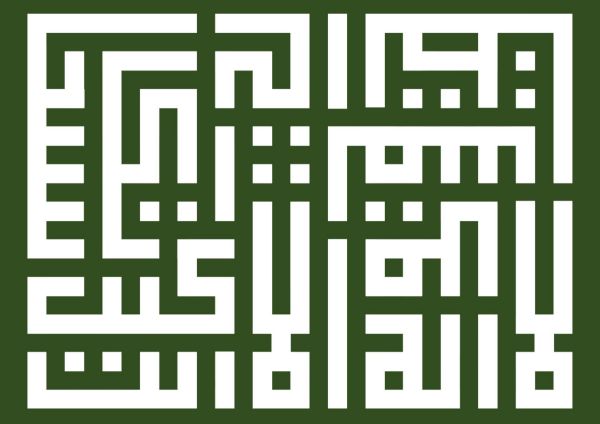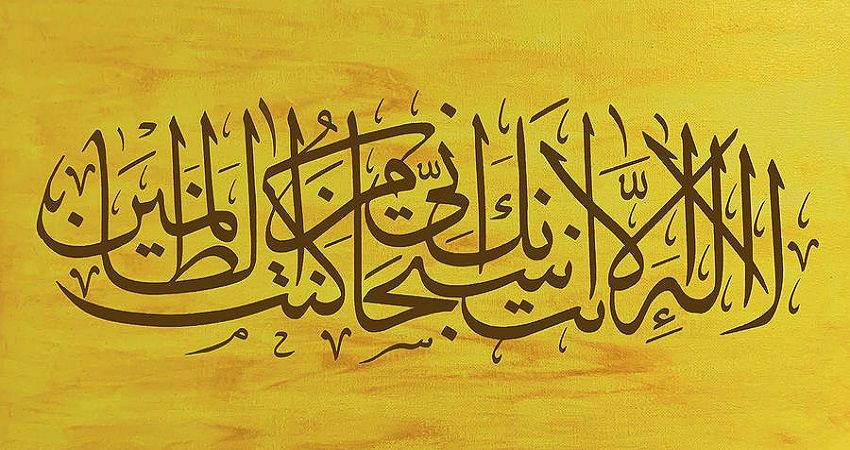Scholars believe that at first Griffins were appeared in Assyrian art or perhaps in some part of Chaldea near Babylon. The lintel of the entrance door to the palace of the Assyrian king Sennacherib, seven centuries before Christ, was decorated with two Griffins drinking from a vessel placed between them.
Griffin through the history:
In the Ancient age, Greek Ctesias who was the physician to King Artaxerxes of Persia, believed in the existence of Griffins inhabitining some far distant place and he described them as four-legged birds the size of wolves, whose backs were covered with black feathers and their breasts with red ones.
In Greece this kind of hybrid animal goes back at least as far as the 16 century B.C. In Crete, in the palace of King Minos at Knossos on each side of the throne, huge griffins lie in fields of lilies which were the emblematic flower of Cretan Royalty. Also the motif of Griffin was depicted on the coins in Greece. Pliny describes the "Griohis" whith his customary richness of fancy and declares they come from Couuntry of Schythians, that is northen Russia While Aeschylus locates them among the Ethiopians.
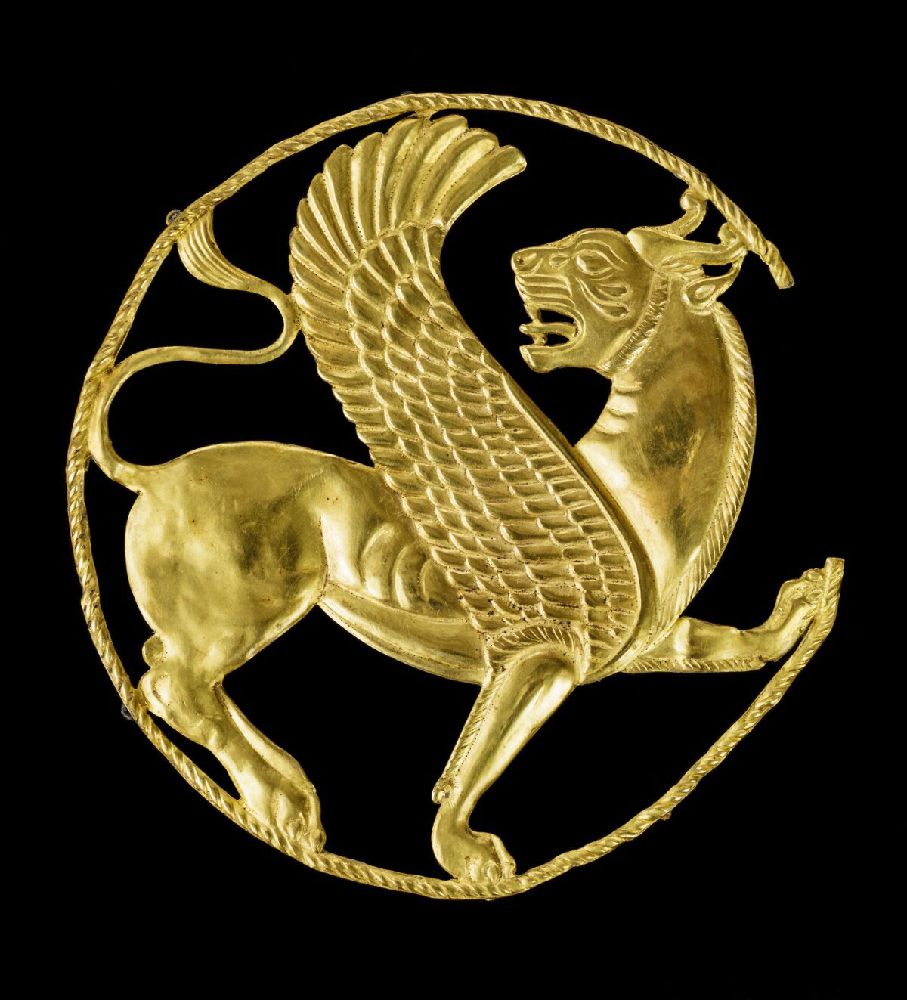 Plaque with a Winged Lion-Griffin, Achaemenid, 500–330 BC. Gold, 1/8 × 4 1/8 × 4 1/4 in. The Oriental Institute of the University of Chicago.
Plaque with a Winged Lion-Griffin, Achaemenid, 500–330 BC. Gold, 1/8 × 4 1/8 × 4 1/4 in. The Oriental Institute of the University of Chicago.
The meanings of Griffin symbol:
We don't know all the symbolic meanings of Griffin but it is important to know that in the symbology, one of the fundamental rules is that every symbol has both of demonic and celestical meanings. For instance, the engraved Griffin on a Babylonian cylinder is an evil-doer or the adversary of the Tree of Life. In contrast, among the Greeks, Griffins are the animals of light and it is the reason that sometimes they sit at the feet of statues of Apollo, the god of light and beauty. An old coin from Smyra has on one face the head of Apollo crowned with laurel, and on the reverse side a crouching female Griffin with it's paw on the solar wheel. Also in Ancient Persian and Assyrian art, the Griffin drinks flame from the cup of the fire altar which was connected to the light.
Notably, in some places the Griffins were engraved near the thrones meaning that they are guarding the thrones. In Hellenic tradition Griffins were the guardians of tombs. Herodotus stated that griffins are the vigilant and invinvible guardian of god's treasures, and on a higher plane, "The guardian of the way of salvation.
Also Griffins like the dragons, were the guardians of one of the most precious colored jewels, the emerald. At the end of the fifteenth century, Joannes de Cuba said that the finest emeraldswere those taken from the nest of griffins who guard them with great cruelty.
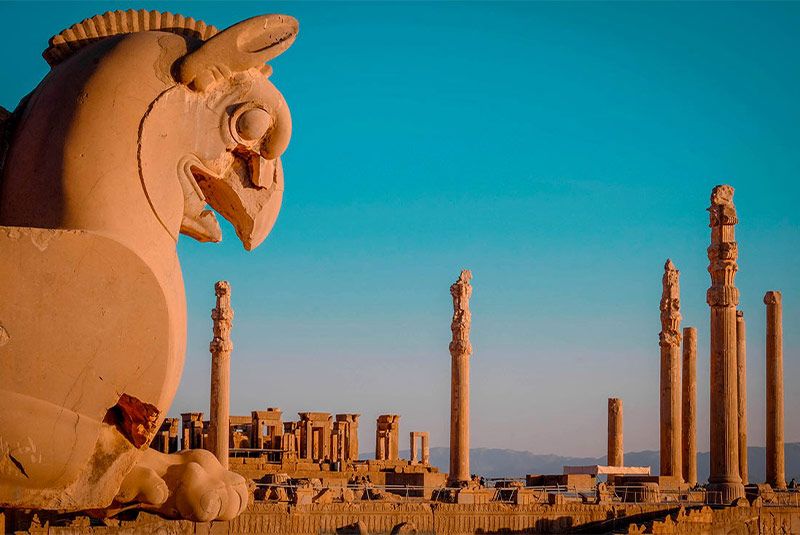
Griffin statue, Persepolis
But mainly, Griffins represent the values of both Lion and Eagle, The king of the earth and The King of the sky. The state to which the lion and the eagle, or more generally the gryphon, belong is that of the partial intellect and the universal intellect. Indeed, in all traditions, the heart constitutes the center of every being, human or otherwise, and is related to the "Heart of the World," the "Universal Intellect," or the "Divine Intellect," as well as to the element of "intuition" and the intuitive intelligence. In another state lies the brain, which corresponds to the discursive (or rational) intelligence or the partial intellect. The heart is a sacred symbol and the preserver of cosmic life.

Persian Griffin(Shirdal) hand-engraved Carnelian necklace in Ildirimjewelry store:
A significant discussion on this matter concerns the nature of the relationship between the universal intellect (the heart) and the discursive (or rational) intelligence (the brain). These two may be regarded as complementary, for both can, in a certain sense, be interpreted as poles. Yet such a view may leave a residue of duality, separation, or even opposition. In traditional cosmology, however, this duality and the existence of two poles is a relative matter, for ultimately, unity pervades all things. Thus, the relationship between the universal intellect and the discursive (or rational) intelligence is, in truth, of another kind, namely, a "relationship of subordination," in which one relies upon the other. Consequently, the discursive (or rational) intelligence (the brain) is in subordination to the universal intellect (the heart).
To elucidate this, one may refer to the symbol of light. Light is the most common symbol of knowledge. The heart corresponds to the sun, and the brain to the moon. In certain traditions, the sun and the moon represent two principles—active and passive, or masculine and feminine—indicating a complementary relationship. As the Scriptures state: “God made two great lights; the greater light to rule the day, and the lesser light to rule the night” (Genesis 1:16). Yet in their inner essence, in the supra-formal order, the sun is the source of light, whereas the moon merely reflects the sun's radiance. This sun–moon relation applies equally to the heart and brain, or to the universal intellect (or intuitive intelligence) and the discursive (or rational) intelligence (material intellect). Hence, light, as a symbol of knowledge, shines directly from the sun (intuitive intelligence, pure intellect), while the moon’s light represents derivative or reflected knowledge. The heart’s knowledge (the sun) is the direct apprehension of intelligible light; it is not transferable and must be actualized in the knower.
Understanding this is of great importance, as it pertains closely to symbolism. By grasping the relationship between these two forms of intellect, one can comprehend the meaning of numerous symbols across different traditions throughout history. In the traditional worldview, the principle of correspondence is paramount: correspondence signifies a form of equivalence in another state. As noted, the heart, or universal intellect, corresponds to the sun, and the discursive (or rational) intelligence to the moon—but this is not the entirety of the matter.
In the domain of metals and alchemy, gold corresponds to the sun and to the universal intellect, whereas silver corresponds to the moon and the discursive (or rational) intelligence. In the realm of animals, the lion and the eagle are solar symbols, while the ox and the rabbit are lunar symbols and relate to the discursive (or rational) intelligence. Thus, the gryphon is a being entirely endowed with solar qualities.
This understanding may also illuminate why, in Persepolis, the lion is depicted tearing the ox apart.
The Griffin in Ascensions:
The griffin, a mythical creature with the body of a lion and the head and wings of an eagle, has a rich history in stories of ascension or journeys to the heavens. Across various cultures, this creature symbolized power, ambition, and the soaring of the soul.
In Persian legend, the mythical king Kai Kavus attempted to fly to heaven on a throne carried by four hungry eagles, though in some versions, these creatures are griffins. The most famous example, however, comes from the story of Alexander the Great. He is often depicted attempting to ascend to the heavens in a vehicle pulled by griffins. He enticed the creatures to fly upwards by holding spears with meat just out of their reach. This legend highlights the griffin's role as a powerful, sky-bound being capable of lifting a mortal towards the divine realm, even if the attempt was seen as an act of hubris.
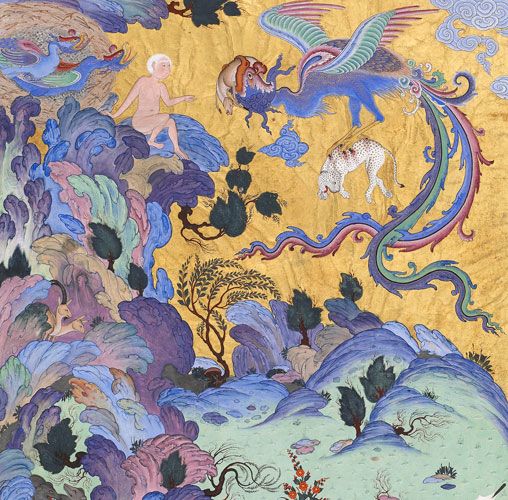
Simurgh returning to nest to Zal and its chicks, Shahnameh Tahmasbi
In Persian mystical tradition and literature, the symbol of the griffin gradually found its counterpart in the Simurgh. In Ferdowsi's Shahnameh, the Simurgh is portrayed as a wise creature and guardian of the Tree of Knowledge, assisting heroes and acting as a guide and intermediary between the divine intellect and humanity. This role evolved in mystical works; for instance, in Attar's The Conference of the Birds, the Simurgh becomes a symbol of ultimate truth. In this work, the Simurgh represents a state of perfection that the birds (symbolizing spiritual seekers) journey towards. At the end of their quest, they realize that the truth and divinity they sought lay within themselves. Thus, the Simurgh is not merely a guide but is itself the very mystical truth, attainable through spiritual journey and inner transformation.
The Griffin in Christian tradition:
The hybrid and biformed animals were chosen by Christian symbolists to represent the nature and excellence of Christ and one of these creatures was Griffin. Griffins are not included among the animals pictured in the catacombs and when it appears on some fourth and fifth century Christian lamps, it was known as evil, but in the middle ages, the monks connected Griffin to Jesus ad his saints. Nevertheless also in the Middle ages, the griffin with it's rapacious beak and the huge claws of a predator and with a dragon-like rear ending in a reptile's tail often symbolized Satan which is also depicted in Sainte-Chapelle in Paris, actually this demonic meaning appears when this creature is "Griffin-dragon" with reptiles' features but when it is "Griffin-Lion" it is connected to God or Jesus.
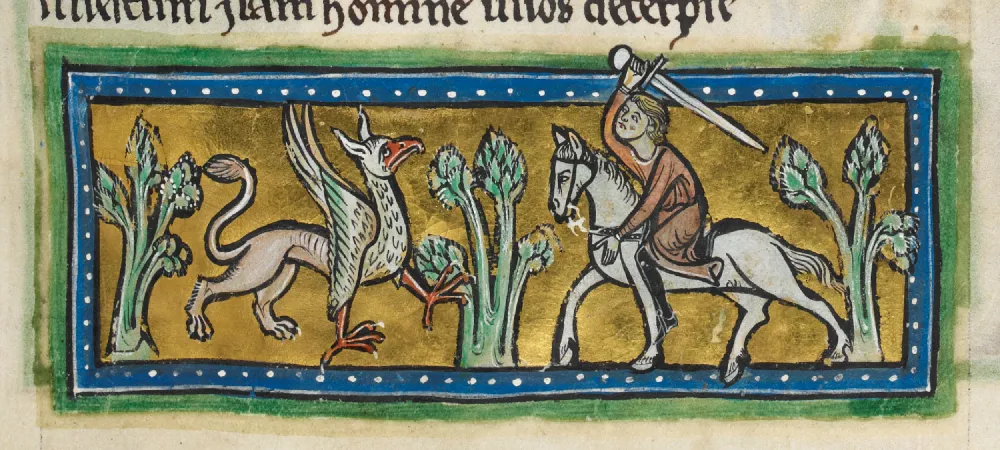
As mentioned before, the Griffins are connected the the "Acsension" and "The Carrier of Souls upward" (Which belongs to eagle) and these values of this creature, represented Jesus Christ for Christians. The Griffin is one of the most important symbols of Christ's dual nature and like the other hybrid creatures, the eagle foreparts depict Christ's divinity and the Lion hind quarteres his humanity because of the Griffin's aerial and twrrestrial natures. As Griffin also connected the the wisdom, the highest light of the mind, also represents the Christ and this was the reason that the Griffin appears on the shield carried by Wisdom personified on the north door of the 13 century cathedral of Chartres.
Also Dante versed that:
Blest art thou, Gryphon, that with beak and bite
Thou tearest naught from this sweet-tasting wood
Seeing how ill the belly gripest from it.
As mentioned before, there was a connection between the Griffins and the emeralds, Medieval Christian symbolism adopted the old fable and because the emerald was connected to reedimimg blood because the the cup in which Jesus blessed the wine at the Last Supper was made of a carved emerald.
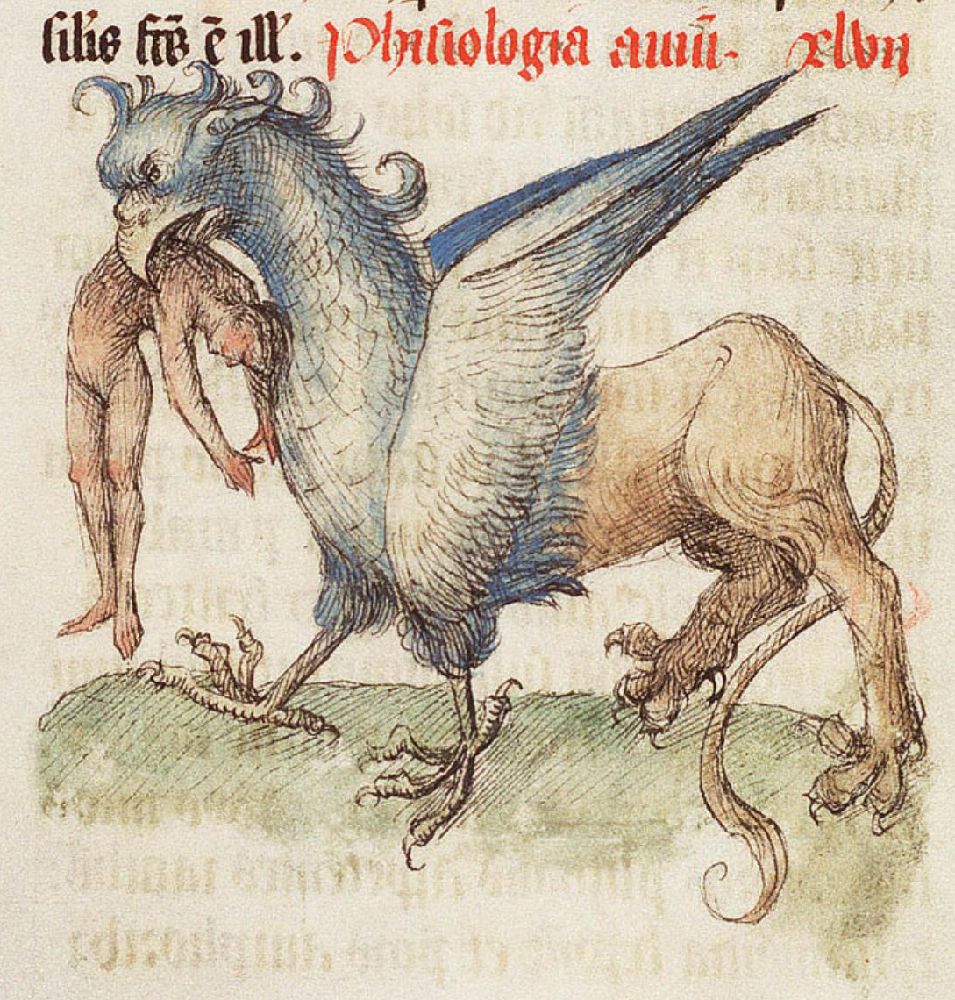
Alchemists took Griffin as the symbol of the "Chemical hermaphrodite, sulphur and mercury" and also this hybrid body symbolized the two of four elements, earth and air.
Also because the eagle and lion are strong creatures and nothing can srop the griffin in it's powerful flight or it's irresistible charge, the hermetic symbolists made it represent Christ's power.
By IldirimJewelry


